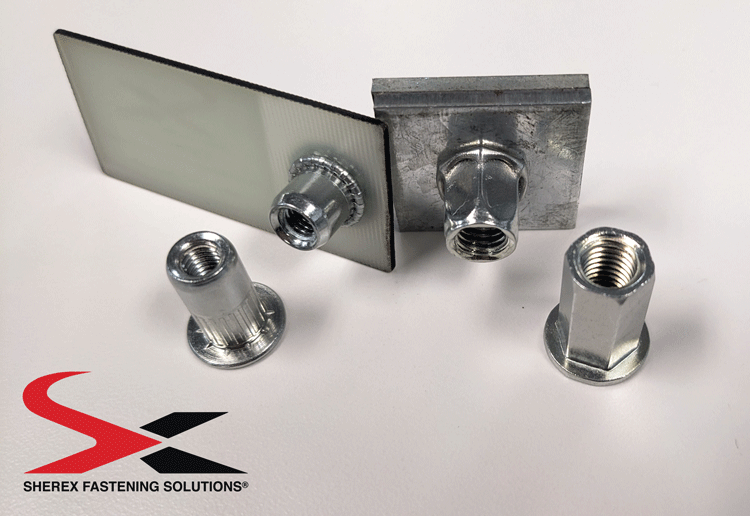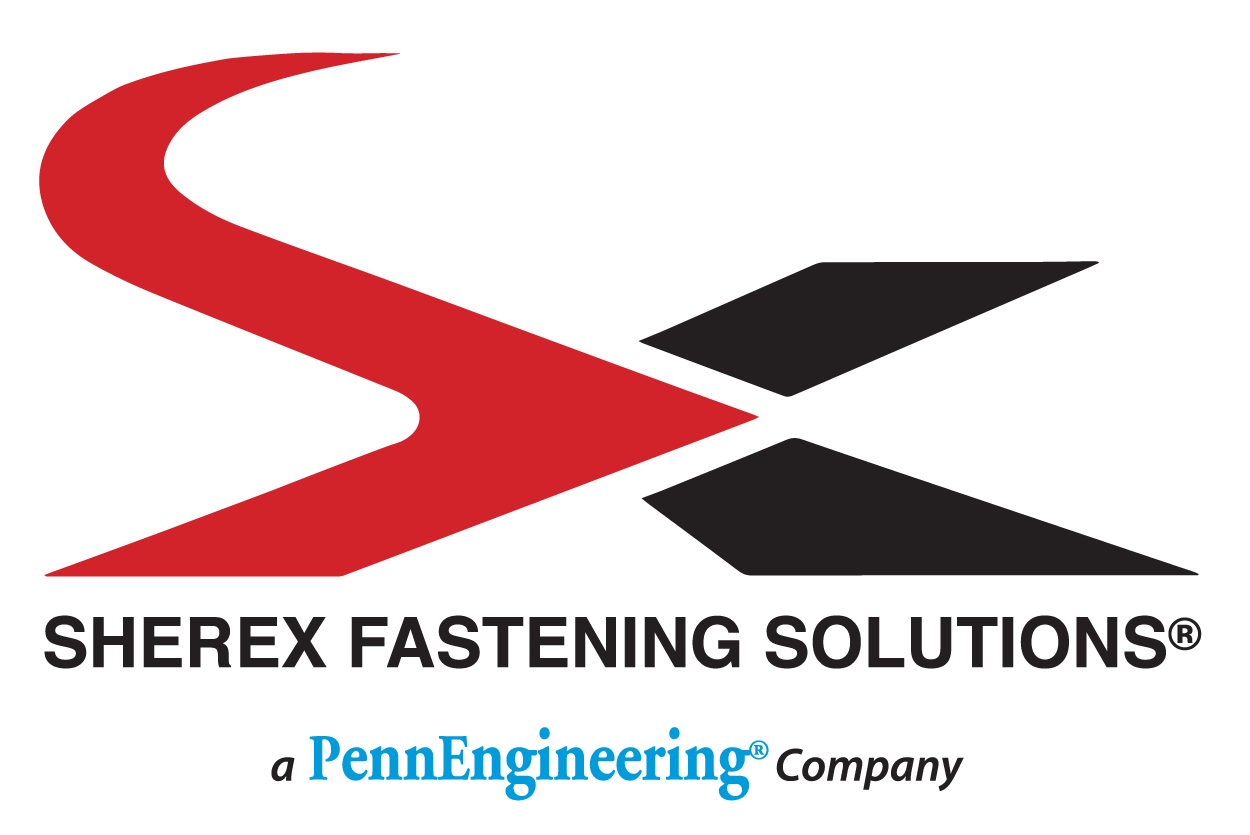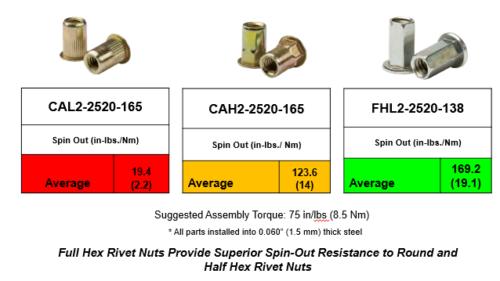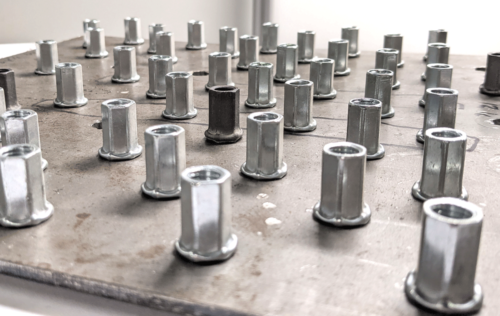Optisert Rivet Nut vs Hex Body Rivet Nut in Automation
Leave a CommentIt’s recommended that if manufacturers and assemblers can create a hex hole, using a hex body rivet nut is the best way to attach a joint together.
But what if you’re using a fastener automation system? Is a hex body rivet nut the best rivet nut to use when installing them automatically through an automation installation system?
Probably not. Especially now with Optisert available.
With high volume installations of rivet nuts, automation is a best practice method. It’s faster than human installation, installations are perfect (and if they’re not the system will let you know), and it doesn’t need a human to install the rivet nuts. But when using a hexagonal hole to install hex body rivet nuts using automation, this is where things get tricky.

Optisert vs. Hex Body Rivet Nut
The automation feeder needs to be able to line up the points of the hex body rivet nut with the points of the hex body hole, perfectly. It’s not ideal, but possible through more expensive automation equipment. With a round body rivet nut into a round hole, there’s no need to worry about the points lining up… because, well, there’s no points on a round body rivet nut or a round hole!
Oh yeah, but what about performance?
So yes, hex body rivet nuts are recommended. It’s the best rivet nut at resisting spin-out. BUT, Optisert can hold its own. Its performance metrics are greater than a half hex body style rivet nut, and more similar to a full hex body style rivet nut in some base materials (softer materials like plastic, composite, aluminum). Plus, Optiserts are less expensive than full hex body style rivet nuts.
So when deciding between full hex rivet nuts and round body rivet nuts for automation, rivet nut performance might not be the first criteria. Ease of installation for the automation system to run efficiently will be a high priority. With Optisert’s performance similar to a hex body rivet nut, and it being a round body, Optisert might very well be the best rivet nut option for automation on the market today.







